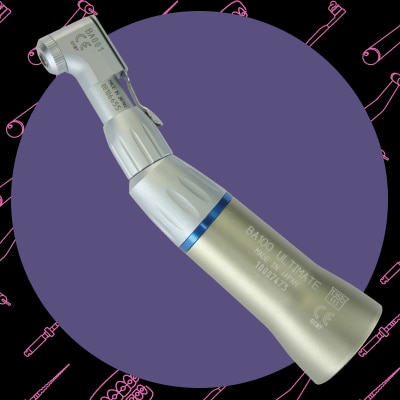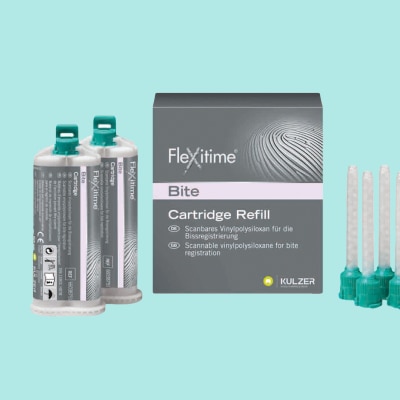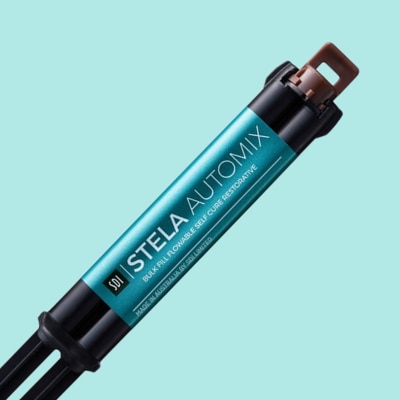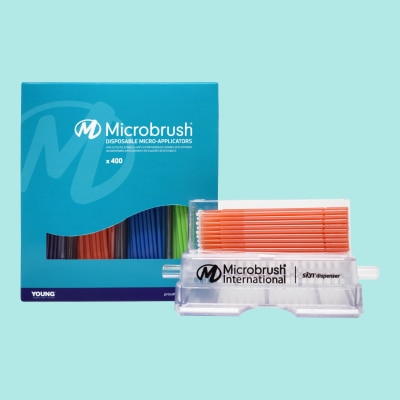Most patients would like their restorations to be indistinguishable from their natural teeth. In an effort to fulfil this wish, many dentists use highly aesthetic materials, for example, lithium disilicate or leucite-reinforced glass-ceramics and composite resins.
Enhancement of Aesthetics
In order to make the most of the aesthetic appearance of these restorations, dentists have to be very careful about the luting material they choose to cement them.
Challenges in the Anterior Teeth
This task is particularly challenging in the anterior tooth region, where the following two demands have to be met:
- Since anterior teeth are minimally prepared in most cases, the luting cement used must generate adequate adhesion.
- It should also be easy to use.
Comparable Adhesion Despite Simplified Application
A simple definition of CAD/CAM dentistry is the use of digital software to design and manufacture dental restorations and prostheses. CAD stands for computer-aided design and CAM stands for computer-aided manufacturing. The technology can be used to create crowns, dentures, inlays, onlays, bridges and veneers among other things. The speed of the CAD/CAM process allows for dental prosthetics to be designed, manufactured and delivered to the patient in quick time, sometimes the same day. The wider system of using computer assisted technologies to produce restorations is known as CEREC (Chairside Economical Restoration of Aesthetic Ceramics).













